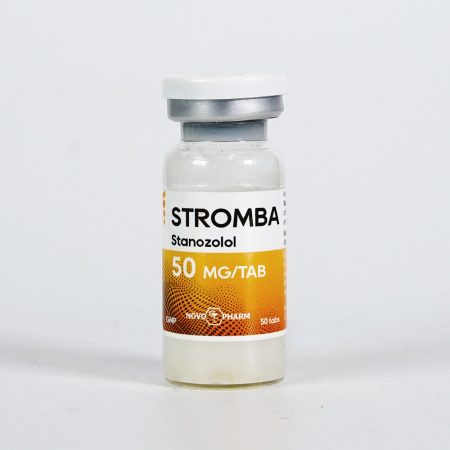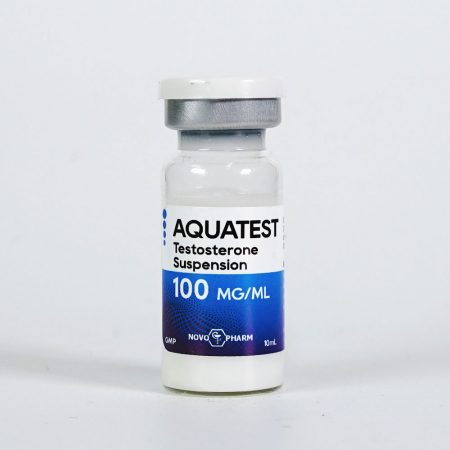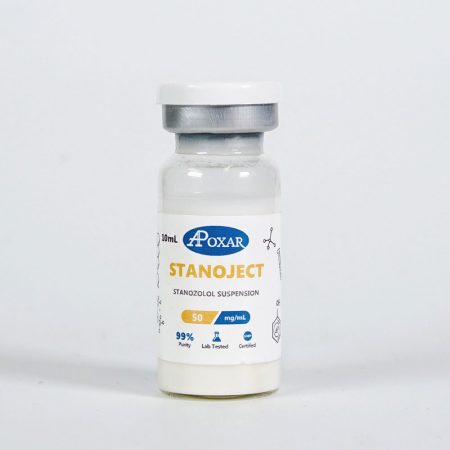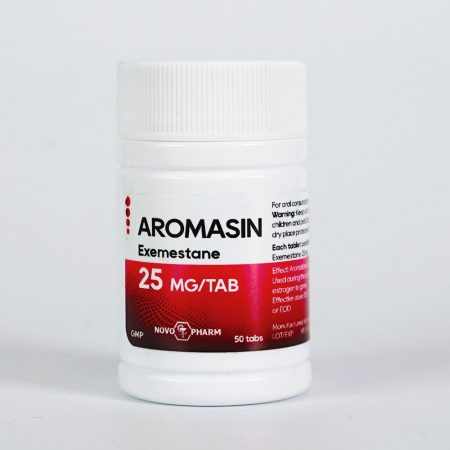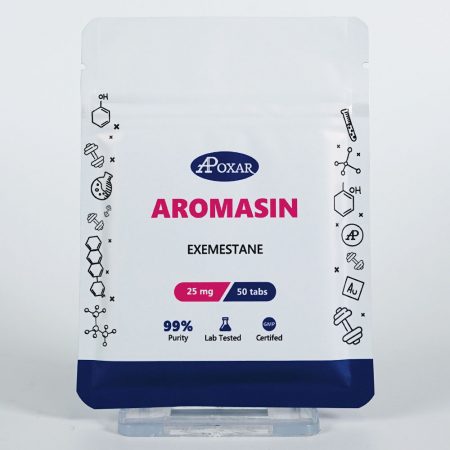Aromasin (Exemestane)
- Growth Hormone (2)
- Injectable Steroids (35)
- Oral Steroids (14)
- PCT (11)
- Peptides (6)
- SARMs (8)
- Sex Pills (4)
- Steroids For Weight Loss (6)
- Uncategorized (1)
- Apoxar (48)
- NEO Sarms (8)
- Novo-Pharm (30)
- Nurotropin (1)
Aromatase inhibitor for on-cycle support with aromatizing steroids. No gyno, no extra estrogen, no hassle.
Things to Know About Aromasin
- Class: Supportives
- Structure: Non-steroidal
- Aromatization: No
- How to take: Oral
- Primary use: Aromatase Inhibitor
- Compounds in the family: 1 (Exemestane)
Exemestane, under the brand name Aromasin, is one of the most popular aromatase inhibitors there are. There are other drugs like Letrozole and Anastrozole, but most athletes gravitate to Exemestane because, well, it’s a bit lighter on the wallet.
Why Care
Exemestane can slash estrogen production by a whopping 85%. And it’s not all: it cranks up FSH and LH in the blood.
Peaks in your system 1.5-3 hours after taking. A vast 90% latches onto blood plasma and protein. By the next day, it’s leaving your system.
Asin is a safer approach to AI’s (not comparing it to Femara that is so potent it’s plain dangerous).
Aromasin Action Points
Here’s what Exemestane does to your body:
- Helps you to dodge gynecomastia;
- Puts a chokehold on female estrogen hormone production;
- Keeps the blood pressure in check.
Aromasin Side Effects
Speaking of side effects, overdose isn’t pretty. Think depression, mood swings, joint pains, and even messed-up cholesterol. When you notice them, dial back or ditch the dose.
Development & History: Know Your PEDs
The development of Aromasin began in the late 1980s by Pfizer (well, technically it was their subsidiary Pharmacia & Upjohn, but these guys are now officially a part of Pfizer, and the patent belongs to Pfizer, so let’s just say that it’s a Pfizer creation).
The discovery of aromatase inhibitors was a crucial moment in the battle against hormone-receptor-positive breast cancer. Until then, tamoxifen (you know it as Nolvadex), a SERM, was the main drug for this goal. However, Nolva was not effective in all patients.
Aromasin was specifically designed as a steroidal suicidal aromatase inactivator, meaning it permanently binds to the aromatase enzyme and deactivates it. This is different from non-steroidal aromatase inhibitors, like anastrozole and letrozole: they just temporarily inhibit the enzyme.
Aromasin was approved for use by the U.S. Food and Drug Administration (FDA) in 1999. Several clinical trials have been conducted to evaluate the effectiveness and safety of Aromasin. The results showed that switching to Aromasin significantly reduced the risk of breast cancer recurrence compared to tamoxifen.
Nowadays, it’s still in use as an anti-cancer treatment for women, but it’s definitely more common among bodybuilders.
